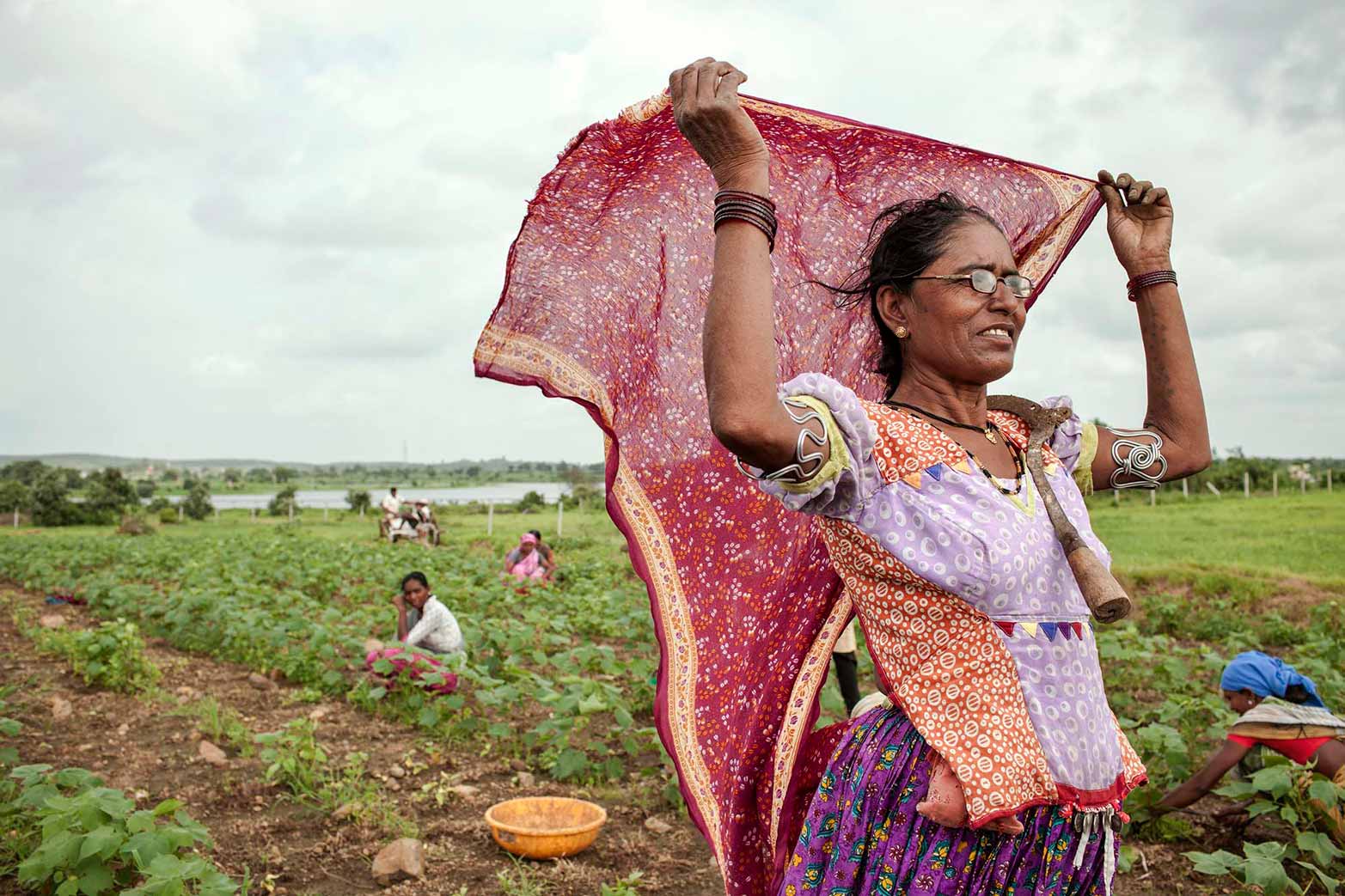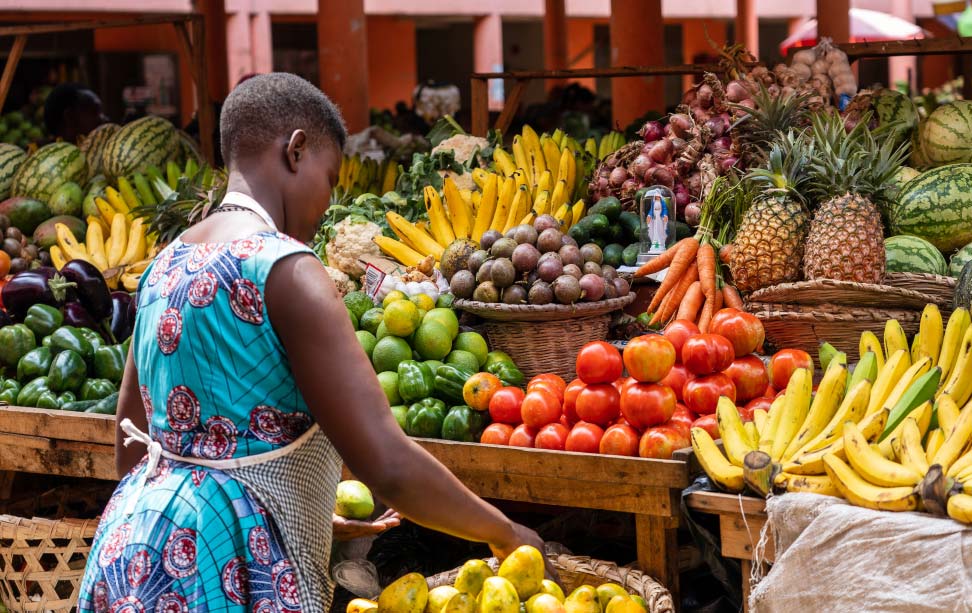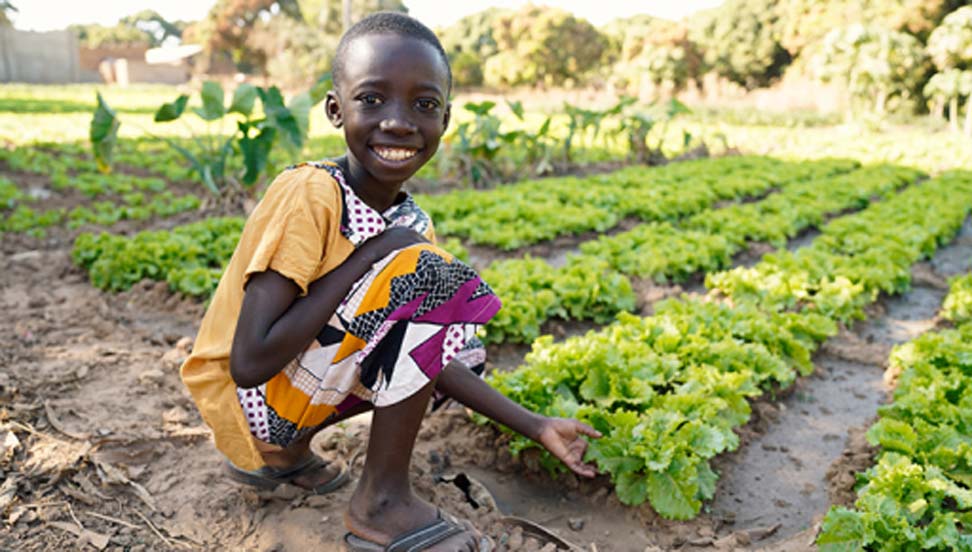Publications
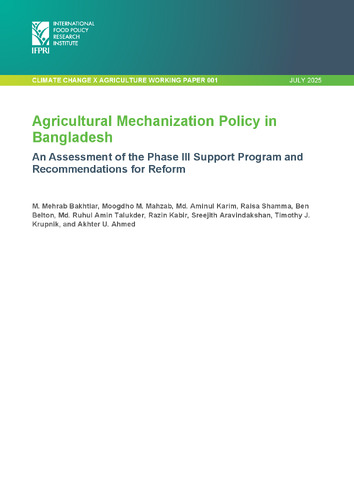
Working Paper
Agricultural mechanization policy in Bangladesh: An assessment of the phase III support program and recommendations for reform

Opinion Piece
Improving practices at Bangladesh’s brick kilns: A win-win for business and the environment
Brooks, Nina; Biswas, Debashish; Maithel, Sameer; Miller, Grant; Mahajan, Aprajit; Uddin, Mohammad Rofi; Ahmed, Shoeb; Mahzab, Moogdho; Rahman, Mahbubur; Luby, Stephen P.
…more
Frim-Abrams, Naomi
Journal Article
Reducing emissions and air pollution from informal brick kilns: Evidence from Bangladesh
Events
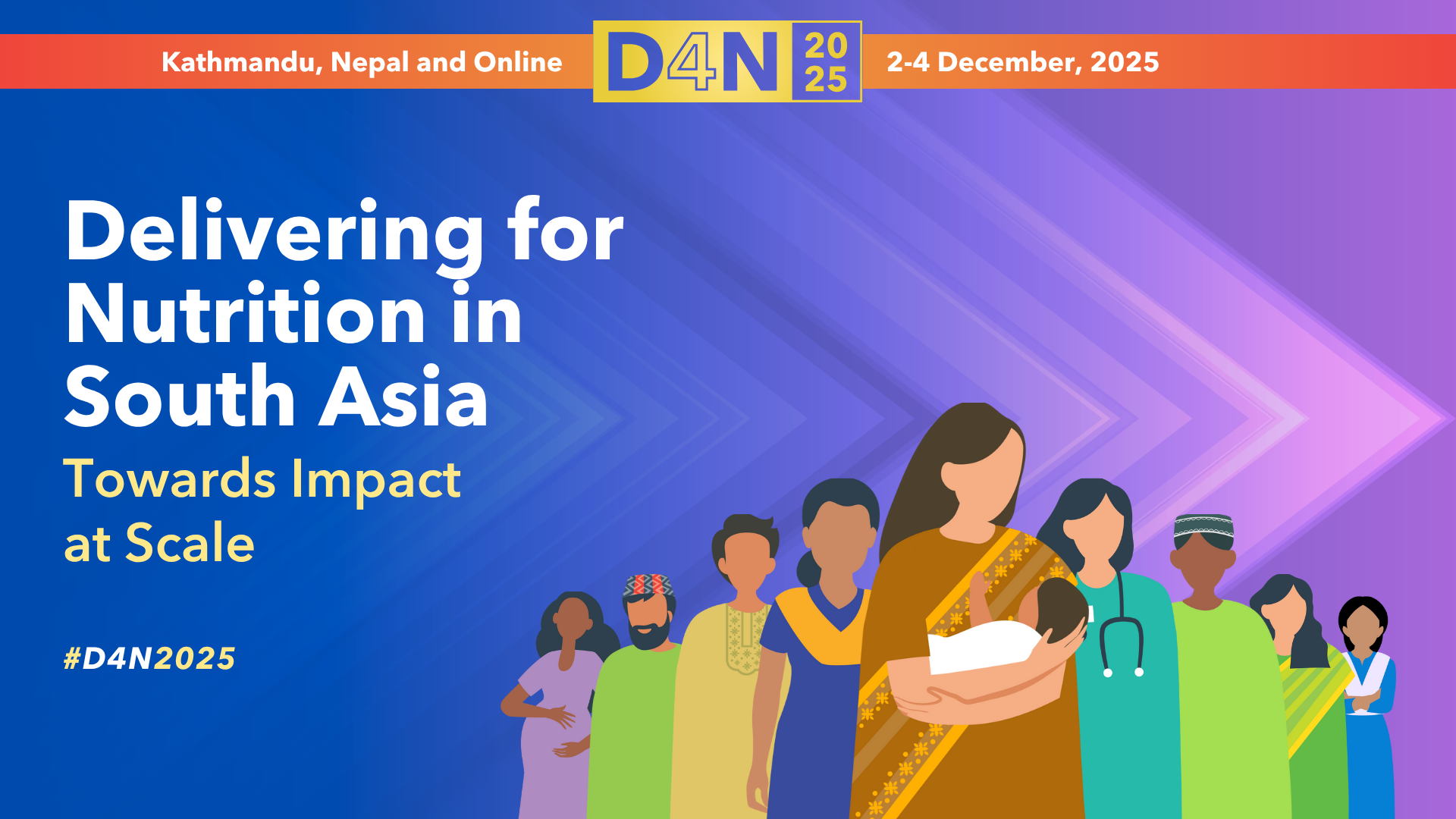
Delivering for Nutrition in South Asia: Towards Impact at Scale
South Asia continues to face an enduring burden of malnutrition in all its forms—undernutrition, micronutrient deficiencies, and a steady increase in overweight and obesity and non-communicable diseases. Over 1 billion people in South Asia cannot afford a healthy diet. While many promising solutions have emerged, translating them into sustained, large-scale impact remains a challenge. This […]
